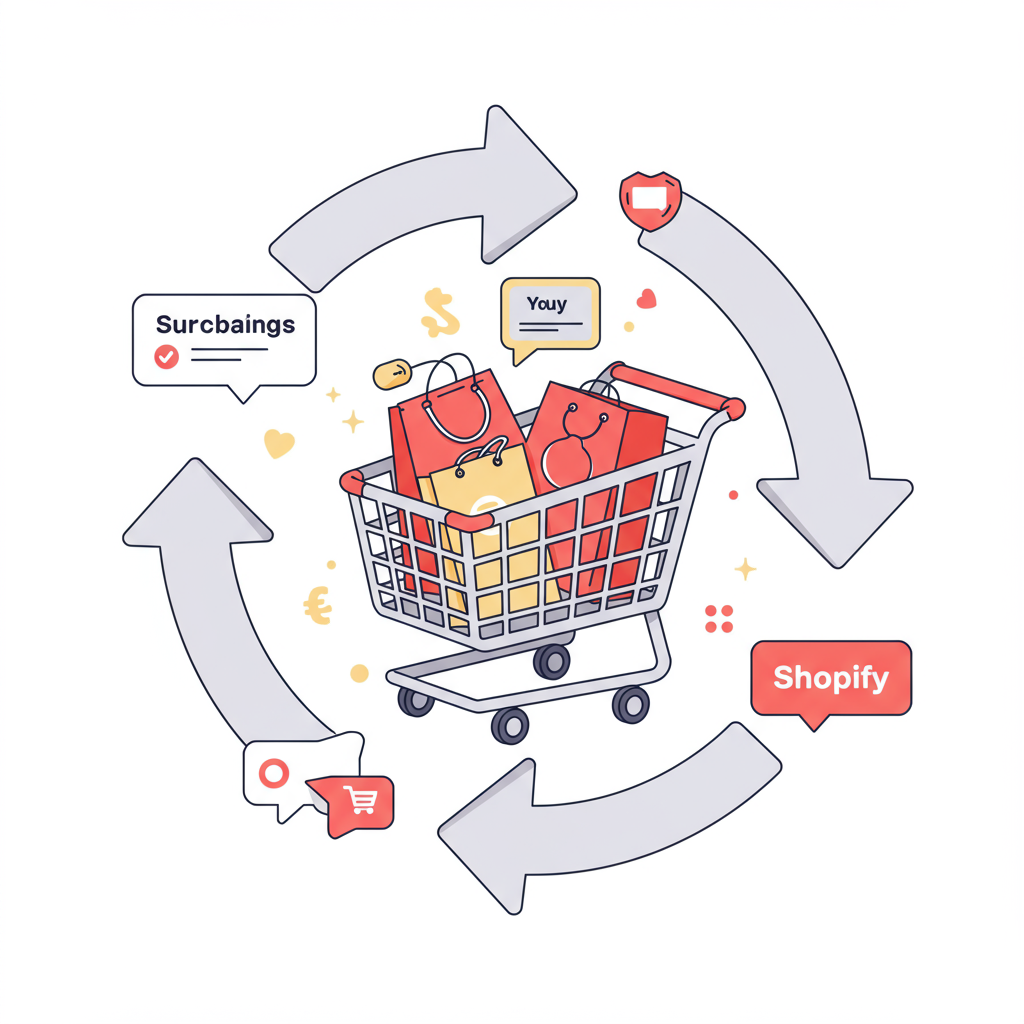Discover how integrating a subscription model into your Shopify store can transform your business, offering predictable income, enhanced customer loyalty, and streamlined operations.
As a merchant in today’s dynamic e-commerce landscape, I’m constantly looking for innovative ways to grow my business and build lasting relationships with my customers.
One strategy that has truly transformed how many businesses operate, including my own, is the subscription model.
It’s no longer just for software companies; physical products, digital content, and even services are thriving on recurring revenue.
And if you’re running your store on Shopify, you’re perfectly positioned to tap into this powerful model.
Today, I want to share with you why I believe integrating a subscription model into your Shopify store is one of the smartest moves you can make.
Let’s dive into the myriad benefits, from financial stability to deeper customer connections.
First and foremost, the most compelling advantage is predictable recurring revenue. Imagine knowing, with a reasonable degree of certainty, what your income will look like next month, or even next quarter.
This stability allows for better financial planning, smarter inventory management, and more confident investment in growth initiatives. It shifts you from a transactional mindset to a relationship-driven one.
Secondly, subscriptions significantly boost customer lifetime value (LTV). Instead of a single purchase, you’re fostering an ongoing relationship that generates revenue over months or even years.
This means the initial cost of acquiring a customer is amortized over a much longer period, making your marketing efforts far more efficient.
Building stronger customer relationships is another cornerstone benefit. When customers subscribe, they’re not just buying a product; they’re committing to your brand.
This commitment opens doors for more personalized communication, exclusive offers, and a deeper sense of community around your products.
From an operational standpoint, subscriptions can simplify inventory management. With a clearer picture of future demand, I find it much easier to forecast inventory needs.
This reduces the risk of overstocking or understocking, leading to less waste and more efficient use of capital.
The subscription model also creates fantastic opportunities for cross-selling and upselling. Once a customer is subscribed, you have a direct channel to introduce them to new products or premium versions of their current subscription.
This is a much warmer lead than a cold prospect, as they already trust your brand and value your offerings.
Furthermore, the cost of customer acquisition (CAC) can decrease over time. While initial acquisition might be similar, the recurring nature of subscriptions means you don’t have to re-acquire the same customer repeatedly.
They simply continue their subscription, making each acquired customer more valuable in the long run.
Data insights are another invaluable asset. Subscription models provide a wealth of data on customer behavior, preferences, and churn patterns.
This data is gold for refining your product offerings, personalizing marketing campaigns, and improving the overall customer experience.
For customers, the convenience factor is huge. They appreciate the ease of having their favorite products delivered regularly without the hassle of reordering.
This convenience translates directly into higher customer satisfaction and loyalty, reducing the likelihood of them seeking alternatives.
Implementing a subscription model on Shopify is surprisingly straightforward, thanks to a robust ecosystem of apps like ReCharge, Bold Subscriptions, and Skio.
These apps integrate seamlessly, handling everything from recurring billing to customer portals where subscribers can manage their own subscriptions.
When considering your own subscription offering, think about what kind of value you can provide on an ongoing basis. Is it a replenishment service, a curated box, or exclusive access?
Pricing strategies are crucial too. You might offer discounts for longer commitments or tiered pricing based on product quantity or exclusivity.
Remember, excellent customer service is paramount for subscription businesses. Proactive communication, easy cancellation processes, and responsive support can significantly reduce churn.
Marketing your subscription service requires highlighting the long-term value and convenience. Emphasize what customers gain by subscribing versus making one-off purchases.
Finally, managing churn is an ongoing process. Regularly analyze why customers cancel and implement strategies to retain them, such as win-back campaigns or personalized offers.
I truly believe that embracing the subscription model on Shopify can unlock a new level of growth and stability for your e-commerce business.
It’s about building a community, fostering loyalty, and creating a predictable revenue stream that empowers you to innovate and expand.
What are your thoughts on integrating subscription models into e-commerce? I’d love to hear your perspective!
I encourage you to explore the possibilities and see how recurring revenue can transform your Shopify store.






